Description
SICILIAN PRICKLY PEAR CLADODES TO GROW DIRECTLY AT YOUR HOME.
1. SOIL: They prefer deep soils, with a tendency to be sandy, ventilated and well-drained. It shows, however, a reasonable ability to adapt to different types of soils but it does not tolerate water stagnation and asphyxiated conditions.
WE RECOMMEND: universal soil and to add some sand.
1. PLANTING: The most appropriate period for planting the prickly pear is the month of May, immediately after planting it is necessary to ensure the rooting of the plants through an adequate supply of water and nutrients.
WE RECOMMEND: bury the cladode at about 22-24cm (it would be half the length of the given cladode), favor rooting by compacting everything with water. Spray a little bit of copper on the plant at the time of planting and then before winter (for defense against pathogens such as fungus), add some organic matter into the soil (but it is not mandatory).
1. IRRIGATION: Normally irrigation is not practiced in the early years. Subsequently irrigation should normally be performed twice a year (at the end of July and at end of August).
WE RECOMMEND: Watering only in the initial phase of the planting, then the plant regulates itself especially if it is left out.
FERTILIZATION: It is advisable to distribute the organic substance and the phospho-potassium fertilizers in the autumn and winter period.
DEFENSE: On prickly pear there are diseases caused by different fungus, in particular in the presence of high humidity mild temperatures, abundant nitrogenous fertilizations and wounds of any origin, even those that follow the “scozzolatura” (which involves picking the flowers, barely attached small fruit and young cladodes) and the harvest of the fruits facilitate the settling and the proceeding of the disease denotes as gummy cancer of cladodes. The causative agent is Botryoshaeria ribis (syn. Dothieorella ribis). On the infected cladodes appear some roundish areas of black color 15-50 mm in diameter, and from the margins of the lesions a black rubbery exudate comes out. The lesions extend to the surface and flow together, often the entire cladodo appears covered with black crusts. The fight is carried out with chemical (preventive) interventions in hot humid environments and in the presence of symptoms in previous years.
WE RECOMMEND: To treat in Spring and Autumn using copper-based products allowed in organic farming.
• Specifically, the Ceratitis capitata “fruit fly” represents one of the main phytophages harmful to the crop. As a result of the ovule stings and independently of the larvae development, the rotten fruits fall to the ground or are in any case incommerciable.
WE RECOMMEND: The chemical intervention should be carried out only in the presence of oviposition. It is possible to use products admitted in organic farming (maximum two per year), such as for example: “Spinosad.”

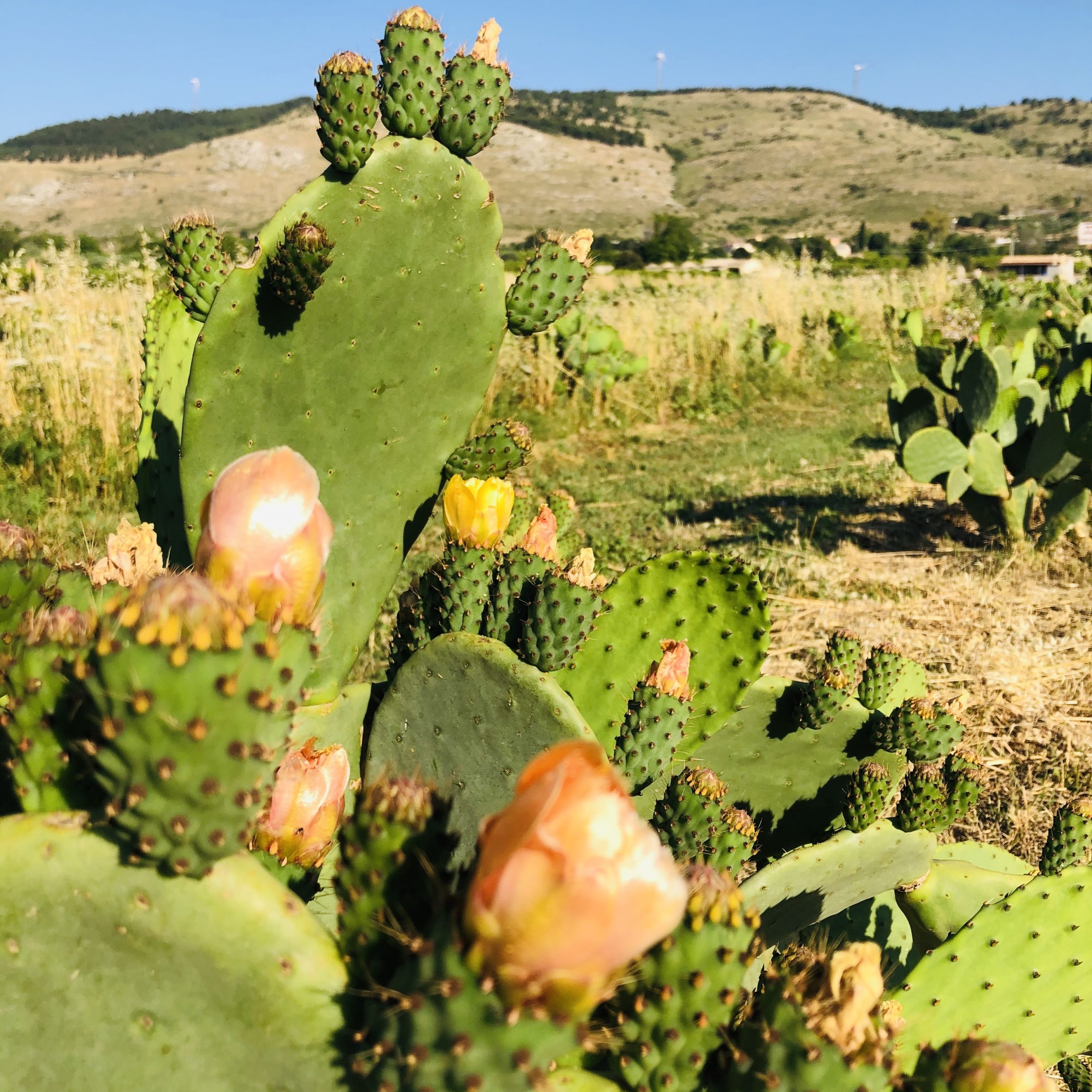
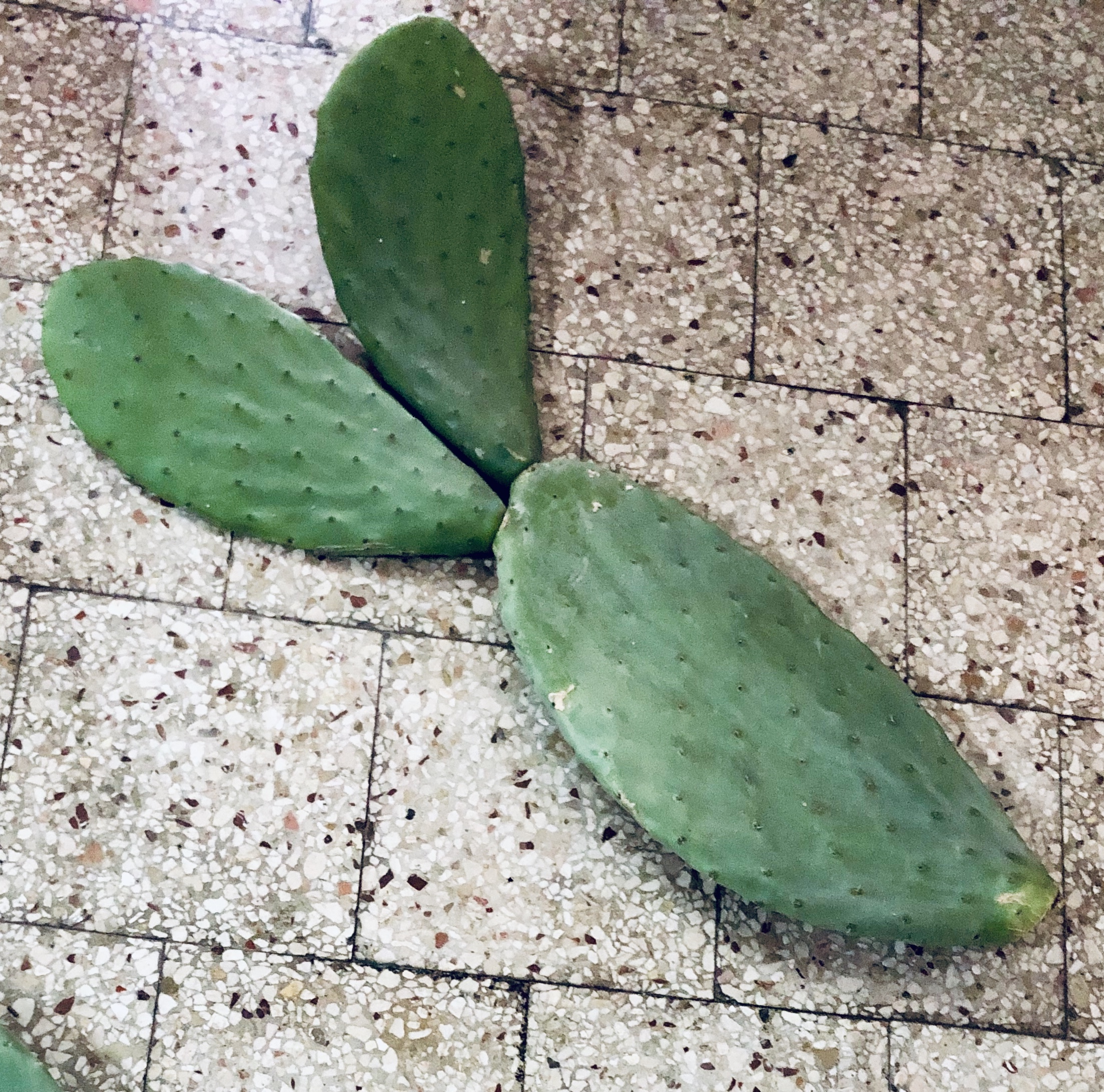
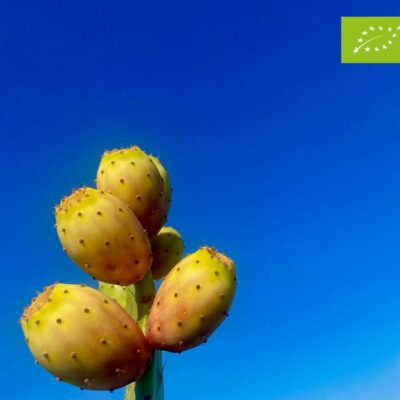
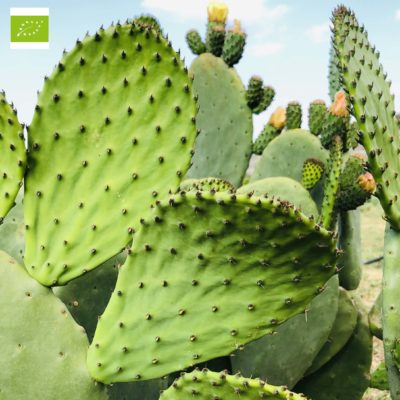
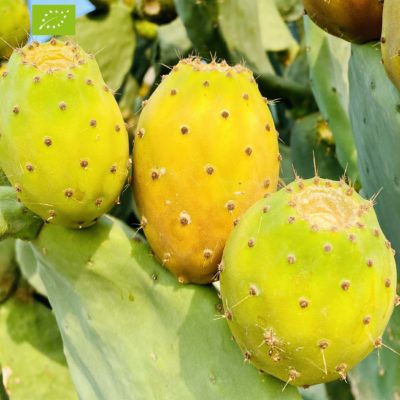
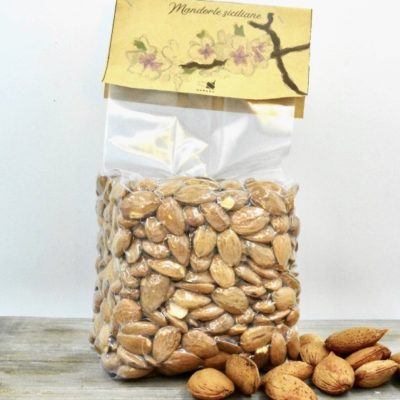
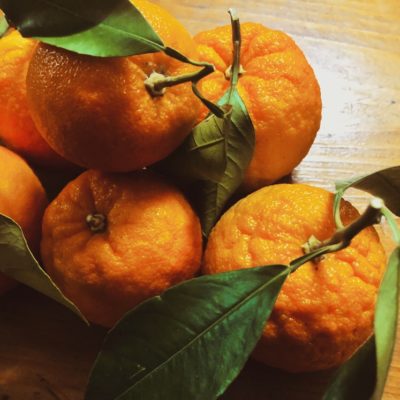
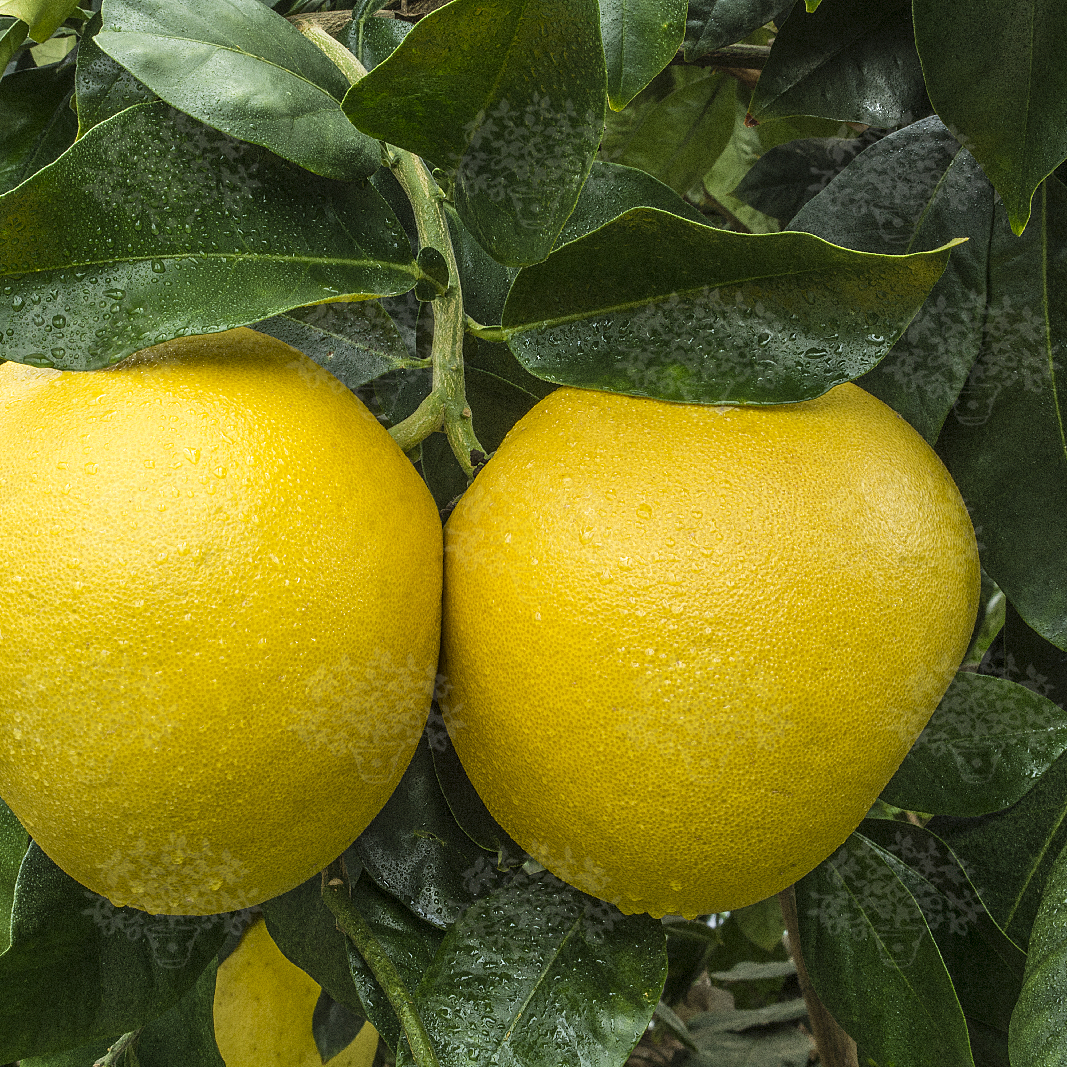
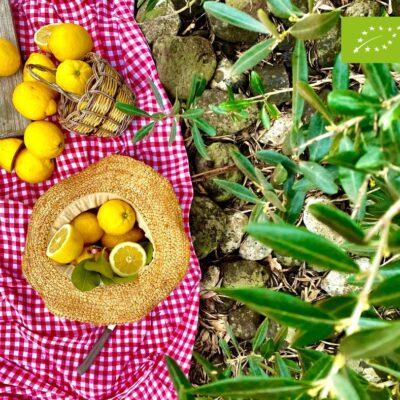
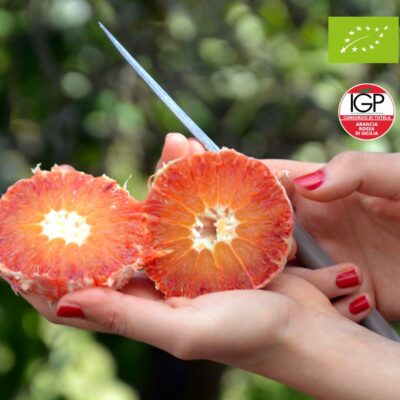
Reviews
There are no reviews yet